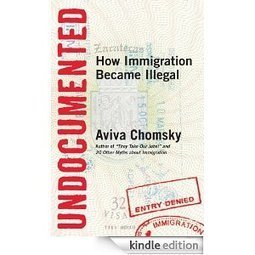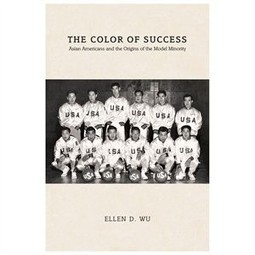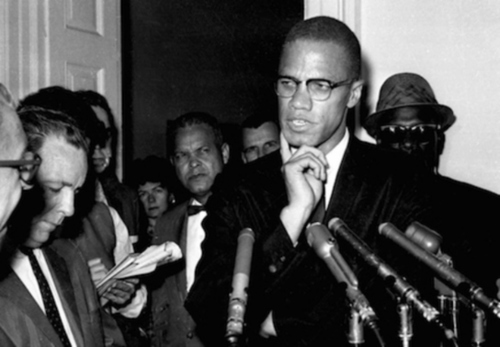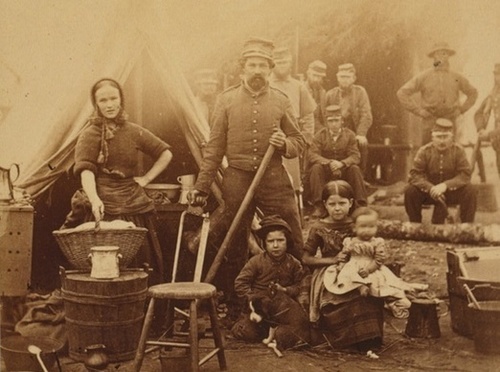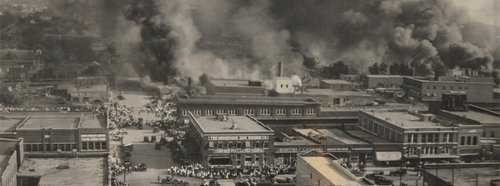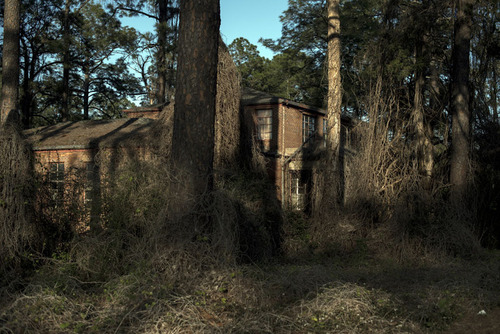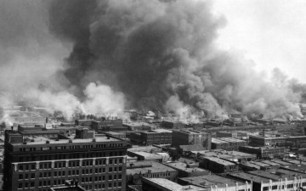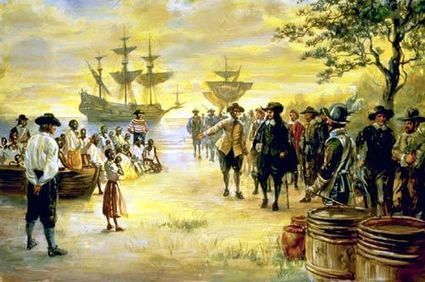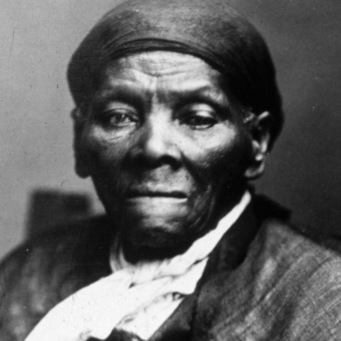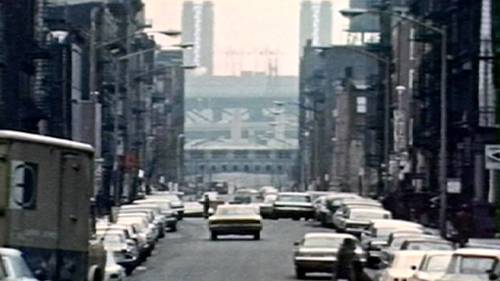Explores what it means to be undocumented in a legal, social, economic and historical context
Immigrant rights activist Aviva Chomsky shows how “illegality” and “undocumentedness” are concepts that were created to exclude and exploit. With a focus on US policy, she probes how and why people, especially Mexican and Central Americans, have been assigned this status—and to what ends. Blending history with human drama, Chomsky explores what it means to be undocumented in a legal, social, economic, and historical context. She also unmasks how undocumented people live—how they work, what social services they’re eligible for, and how being undocumented affects the lives of children and families. Undocumented turns a fresh lens onto one of today’s most pressing debates.
See on www.amazon.com


